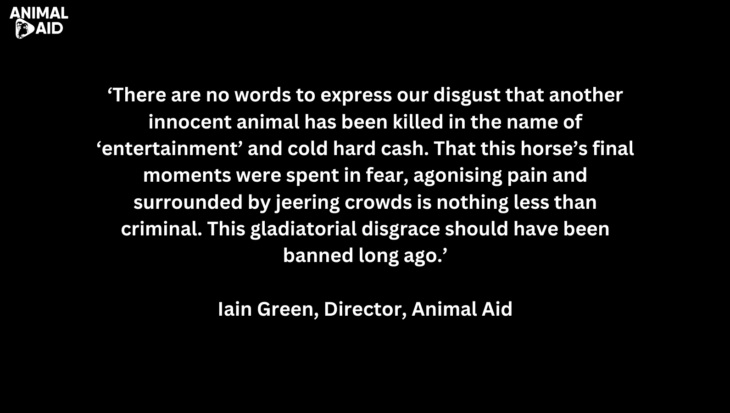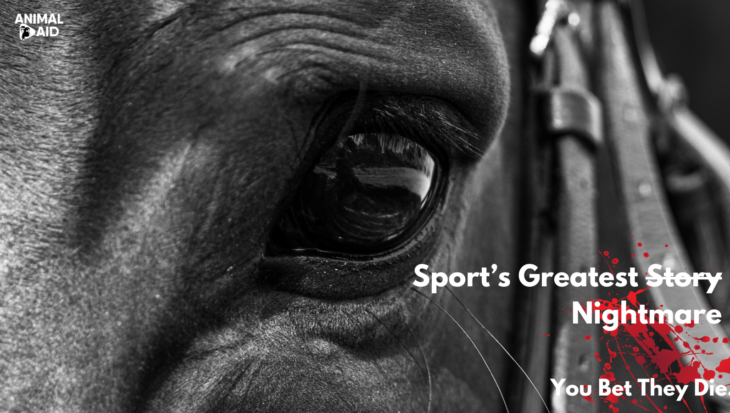Animal Aid was asked to contribute to a video feature about Songbird Survival, an organisation connected with the game bird shooting industry that promotes a self-serving unproven theory that the current decline in songbirds is not related to loss of habitat and modern farming methods but to predation by members of the crow family (corvids).
Songbird Survival commissioned the Game and Wildlife Conservation Trust (GWCT) to use Larsen Traps to catch and destroy corvid birds at four secret locations. Natural England authorised this ‘research’ by granting a special licence, despite the GWCT having already completed recent similar research, which produced results that did not agree with Songbird Survival’s claims.
What is wrong with Larsen Traps?
Larsen Traps were designed by a Danish gamekeeper in the 1950s but are now banned in Denmark because of their cruelty. They were introduced to the UK by the Game Conservancy Trust (now named the GWCT) – a keen promoter of the game bird shooting industry. Larsen Traps are designed to eliminate a natural indigenous wild species in favour of large unnatural releases of artificially bred game birds, who are destined to be killed for sport.
The traps are made from wire and wood and have a compartment where a live decoy bird is kept to take advantage of the corvid species’ territorial or inquisitive behaviour. Set in spring or early summer (the breeding season) when these behaviours are strongest, the investigating bird comes down and falls into a cage trap sprung by a collapsing perch and a swing door. When the gamekeeper returns, the caught birds are ‘dispatched’. Decoy birds are often found dead through neglect or starvation, or can only watch on as other trapped birds are killed.
All traps are cruel and unnecessary. The Larsen Trap is particularly brutal because:
- A wild corvid ‘bait bird’ is routinely and legally incarcerated in a cage. This is not legal or routine for any other wild bird in the UK.
- Incarceration causes stress and trauma to the wild bait bird.
- The capture of adult birds in the breeding and nesting season causes the distress and death of corvid hatchlings and fledglings.
- The traps are set at ground level and expose the bait bird to the trauma of prowling predators.
- Gamekeepers abuse the Larsen Trap law and use illegal bait birds to catch raptors and even foxes.
- The traps are indiscriminate and catch other species.
- The traps are set in England without responsibility. The identity of the trap setter is anonymous. In Scotland, a system of police issued codes identifies the owner of the trap.
There are regulations determining how the traps may be used, but these are routinely and regularly flouted. The regulations include:
- The bait bird must be provided with a perch, fresh water and suitable feed.
- Bait birds must be protected from pain, suffering, injury and disease.
- The bait bird must be provided with shelter from wind, rain and sun.
- Larsen Traps should not be used in severe weather conditions or when they are anticipated.
- The bait bird must have room to stretch his or her wings.
- The bait bird must not be mutilated (wing clipped).
- Only corvid birds and certain parakeets may be used as bait birds (not pigeons, who are used to attract raptors).
- Larsen Traps must be inspected every 24 hours and any dead birds or animals must be removed.
- Trapped birds must be dispatched ‘humanely’.
- Larsen Traps must be locked securely when not in use or put out of use by collapsing and storing.
- Any person convicted of an offence under the Wildlife and Countryside Act 1981 may not use a Larsen Trap unless they are ‘rehabilitated’ or absolutely discharged.
In summary, Animal Aid objects to all traps, but Larsen Traps are particularly cruel. Anybody can set them without further specific permission under the General Licences issued by Natural England and devolved UK governments. People may even set them in their own back gardens. There is little enforcement of the feeble regulations in England and Wales, and little chance of proving responsibility for abuses. The permissive law has been upheld by successive governments, which pander to the game shooting industry.
References:
Natural England’s list of General Licences: http://www.naturalengland.org.uk/ourwork/regulation/wildlife/licences/appexamples.aspx
Natural England’s Guidelines on using Larsen Traps: http://www.naturalengland.org.uk/Images/Gen-L05draft_tcm6-13925.pdf
Scottish regulation on using Larsen Traps: http://www.scotland.gov.uk/Topics/Environment/Wildlife-Habitats/16330/general-licences

